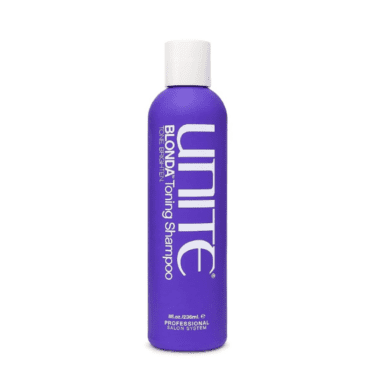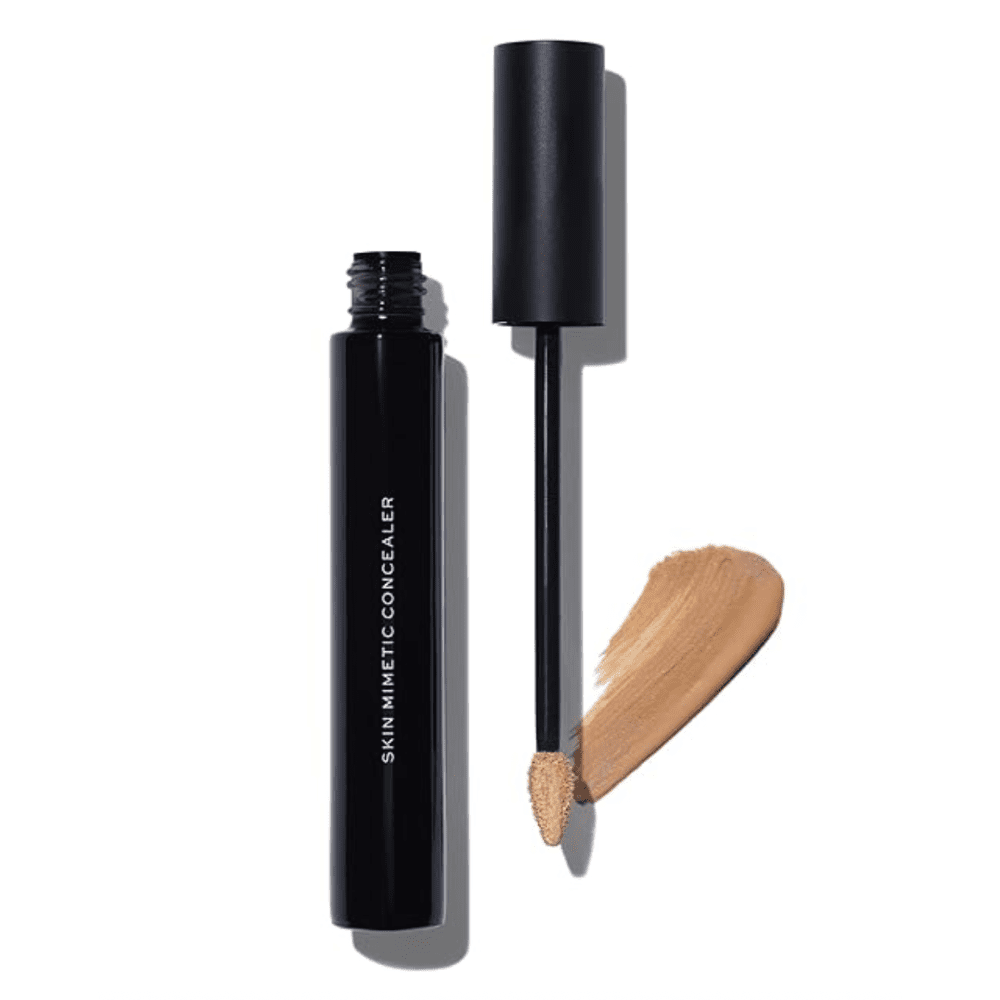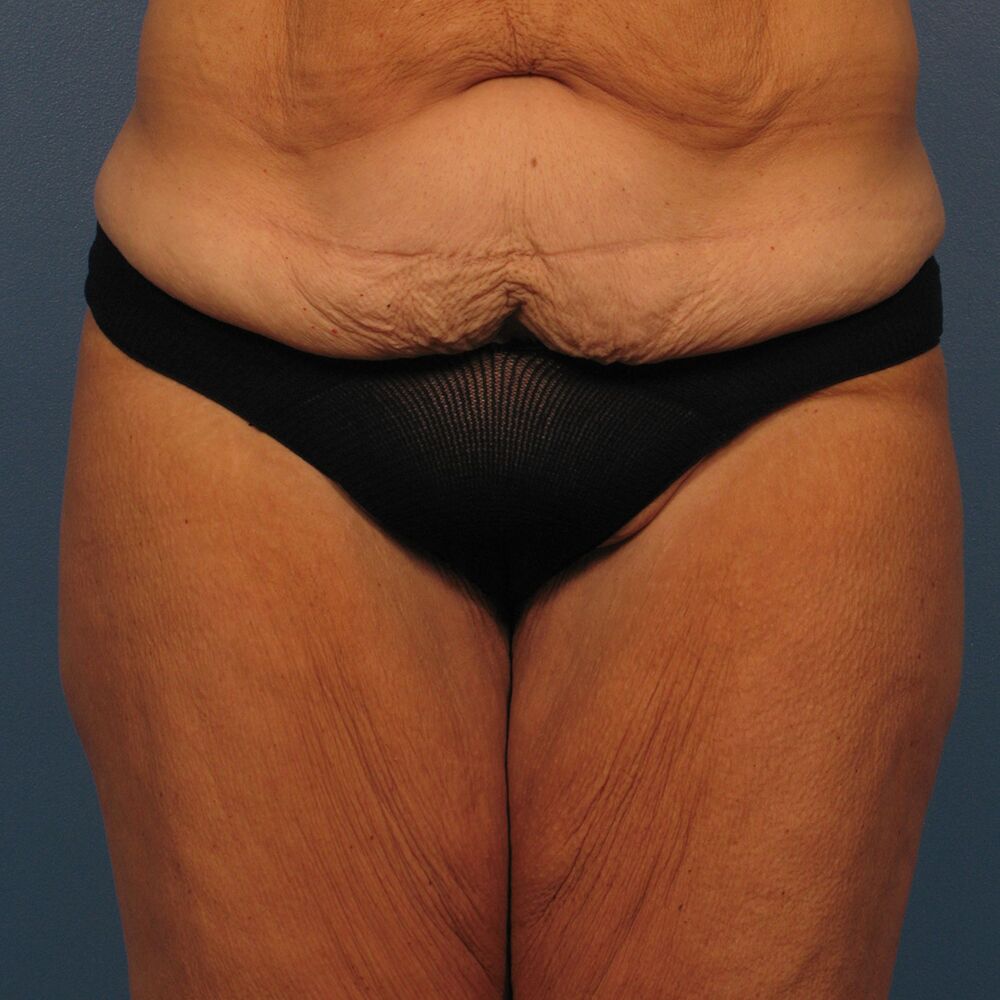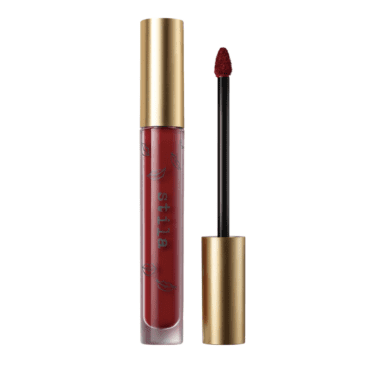Able to embrace your grays, however don’t know the place to begin? If you happen to’ve been coloring your hair for any size of time, you’re in all probability used to the stark line of demarcation that turns into extra seen with development. And when your pure colour is graying, that line might be much more noticeable. So, how do you cease dyeing your hair and embrace grey with out that horribly awkward grow-out part? This expert-approved information will take you totally grey in a clean, strand-safe means that grows out beautiful.
Featured Specialists:
Matt Rez is a celeb colorist Taya Tkachuk is a pro-colorist and educator Rita Hazan is a celeb colorist Go Grey With out the Awkward Develop-Out
Knowledgeable colorist and colour educator, Taya Tkachuk, explains that including highlights round that line of demarcation can assist disguise the abrupt change from grey to paint. “A smooth gray transition is all about blending and softening the contrast between new growth and previous color,” she says. “I usually recommend starting with highlights or babylights around the hairline and part line to blur the demarcation line. Sometimes we’ll also tone the rest of the hair to reduce warmth and better match the cool tone of the natural grays.”
You may also work to remove your base colour to disclose extra grey and white strands exterior of new-growth. “I would start eliminating a base color that’s covering the white hair either by lightening the formula over time or by using more of a highlighting or low-lighting technique to transition out of the base and break any lines of demarcation,” says celeb colorist Matt Rez. “The exact method would depend on the client’s percentage of white versus pigmented hair. Gray is a grayscale, no pun intended. So, how much foiling is done to eliminate the old base color (if there is any) all relies on percentage of white versus dark [hair color].”
However nonetheless, it is a course of, and usually not a one-and-done remedy.
“I’m not one who will go in and get rid of all existing color at once to do a salt and pepper foiling pattern to recreate the natural gray pattern of the client,” Rez explains. “I like a more conservative route and to let the natural gray pattern come in with my help.”
Your Timeline to Going Grey
Each of those approaches depend on transitioning your strands time beyond regulation, conserving them wholesome alongside the best way. Meaning going utterly grey can take a little bit of time.
“Going fully gray can take anywhere from a few months to a few years or longer, depending on your method,” says celeb colorist Rita Hazan. “Natural grow-out is slower and influenced by hair length, growth rate, past dye and genetics. Blending with color can speed things up but needs regular maintenance.”
You possibly can count on to transition over a minimal of some salon appointments to take care of the well being of your hair.
Unsplash by Abigail Boone Hair Take care of Your Transitioning Strands
1 / 3
“This bond repair treatment will work wonders to bring strength, vibrancy and shine back to hair,” says Rez. “The regular wear and tear of daily life outside of the salon requires a lot of TLC. What a client does at home and how much they care for their hair in between [visits] also dictates the possibilities in the salon!”

2 / 3
“Gray hair can be drier and more prone to yellowing,” explains Tkachuk. “So, hydration and toning are key. I love using this shampoo to maintain brightness and cancel unwanted warmth.”

3 / 3
“Since gray hair can be drier and more fragile, it’s important to use sulfate-free products, deep conditioning treatments and heat protectants,” Hazan advises. “This supergloss can also help prevent yellow or brassy tones and help blend away a few gray hairs.”










